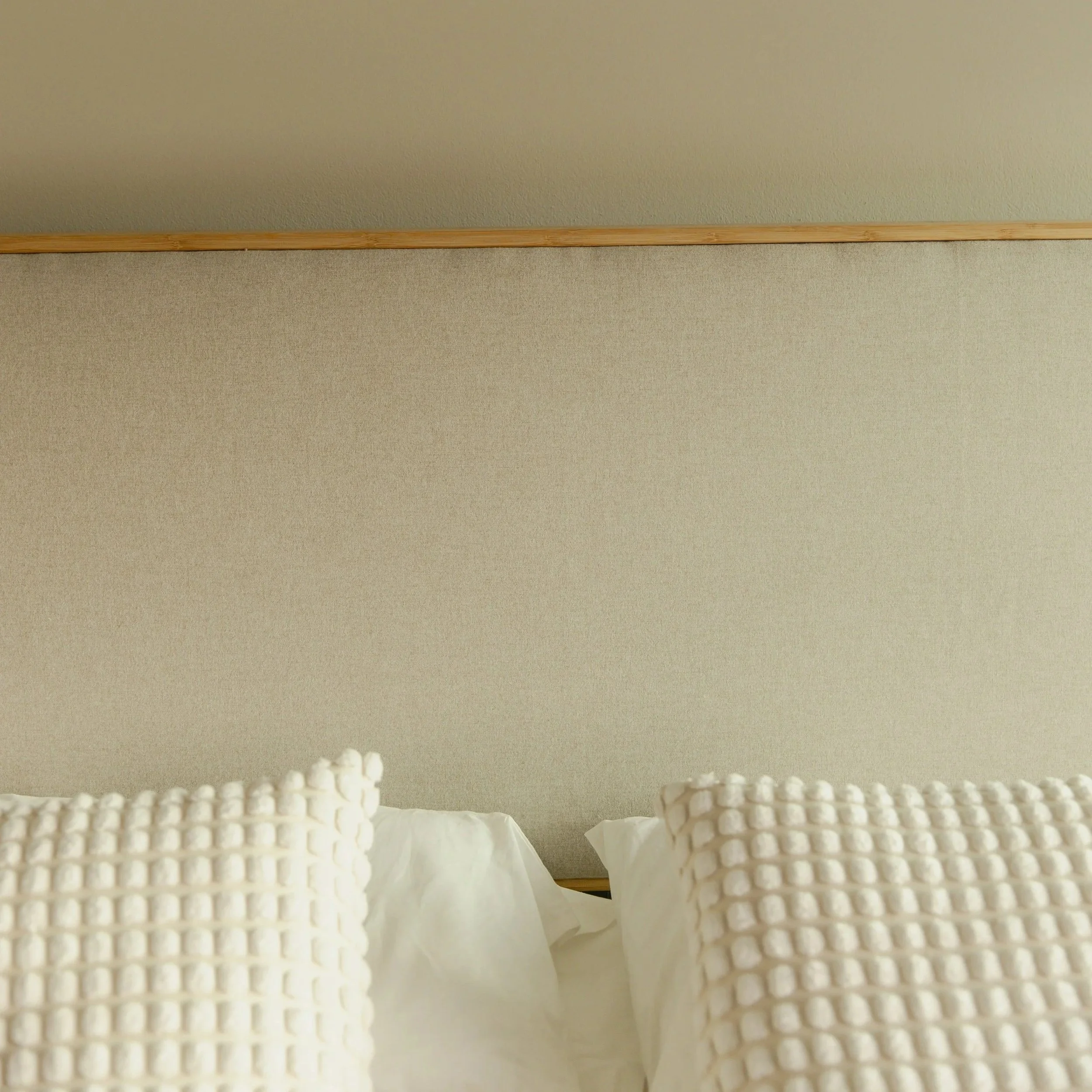How to Create a Calm Nighttime Routine for Restful Sleep
Sleep is more than just rest — it’s how we reset, recharge, and prepare for the day ahead. As we head into fall and the pace of life naturally begins to slow, it’s the perfect time to embrace intentional routines that help us unwind. Yet, many of us struggle to truly relax at night, with racing thoughts and lingering stress keeping our minds alert long after the day is done.
A calm, intentional evening routine creates the space your body and mind need for real rest. In this series, you’ll explore ways to design both your bedroom and your nightly habits to support deeper, more restorative sleep.
Set the Scene for Sleep
Your bedroom should be a sanctuary for rest. Start by creating a calm environment: dim the lights, keep the temperature cool, and clear the clutter from your nightstand.
Think about textures, colors, and sounds that soothe you — soft sheets, cozy blankets, gentle lighting, or ambient noise can make a big difference. Most importantly, your bedroom should signal rest only — not work, not stress. Every detail helps your mind understand it’s time to slow down.
The Power of a Digital Reset
Screens keep our minds active and disrupt the natural production of melatonin, making it harder to fall asleep.
Instead of scrolling before bed, try a grounding ritual. Read a book, journal your thoughts, stretch gently, or meditate for 15–30 minutes offline. Even this small change can significantly improve your sleep quality.
Rituals That Anchor the Evening
Choose one or two rituals that consistently tell your body it’s time to wind down.
Some examples include:
Sipping herbal tea
Writing down tomorrow’s to-dos
Following a calming skincare routine
Listening to soft music or nature sounds
Consistency is key — your body starts to recognize these signals as cues for rest.
Mind-Body Connection
Your evening routine should nurture both mind and body. Light breathing exercises, gentle stretches, or a short meditation can ease tension and prepare you for deep, restorative sleep.
Later in this series, we’ll explore apps and tools like Insight Timer or Calm that can support this part of your routine.
Closing Thoughts
Sleep becomes calmer when your environment, rituals, and mindset work together. This week, try introducing just one new calming practice to your evening routine and notice the difference it makes.
Next up in this series: curated tools and products to help you bring this calm into your own space.
